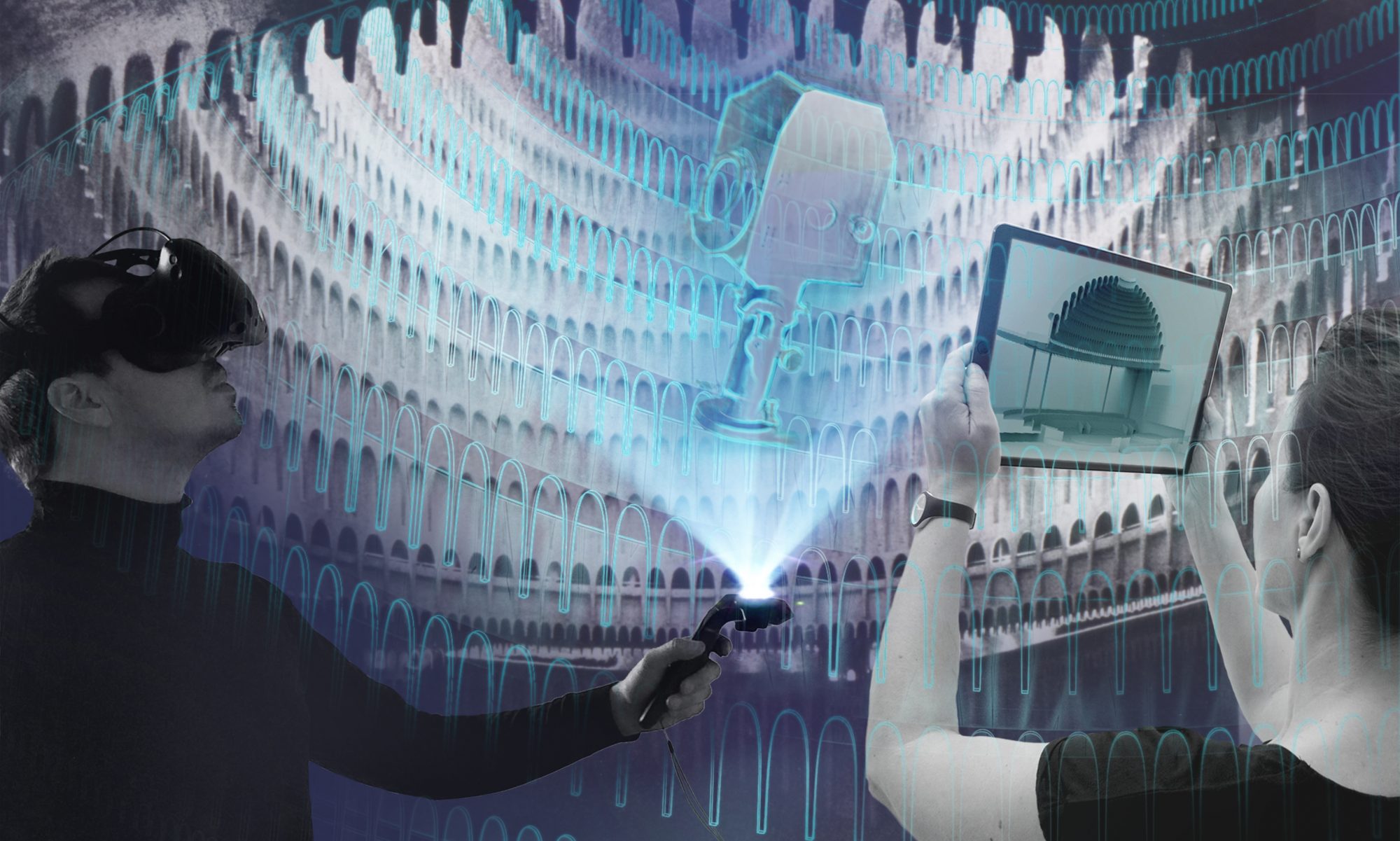Interactive user manuals of complex constructions and systems
Highly complex equipment is used in the event sector and on theater stages. The technologies and products used are so diverse that their operation cannot be taught comprehensively in training. In addition, assembly and operating instructions available as paper documents are often too unspecific and – especially in the working environment on stage – impractical to handle. At this point, digital instructions can support the work of stage technicians and create a decisive added value by increasing the readability of digital 3D models.
As a basis for a practical examination of the requirements of such assembly aids and for discussion with the various stakeholders and dialog partners, we created a first functional prototype for the AR-supported assembly of a curtain rail. The instructions – in the form of an interactive website – guide the user through the assembly in ten simple steps after an overview of all required parts used and tools. A short accompanying text (theoretically also possible in several languages) describes the procedures and points out pitfalls. The individual construction steps are stored as three-dimensional animations and can be sequentially triggered, whereby the viewing angle and zoom factor can be determined by the user.
Open source codes on Github
https://github.com/digitaldthg/Web-XR-Digitale-Aufbauanleitung
Link to the project
https://digital.dthg.de/en/projects/augmented-reality-in-event-technology/
WHAT HAPPENS NEXT?
Based on the findings from the first prototype, which was developed for the construction of a specific curtain rail, and in combination with the WebXR editor/viewer application, which was created for the visualisation of theatre architecture, a transferable workflow for the creation of augmented assembly instructions and operating aids was developed. This combination brings to bear the special advantages of an editorial system with an easy-to-use web interface. Thus, manufacturers can compile new instructions from existing 3D modules and publish them immediately. Knowledge of coding and 3D modelling is not necessary. This means that the tutorial can later be transferred to other theatre technology products and elements. A further expansion stage would be the connection to an online configurator in combination with a product library. This way, customers could have their individual combinations of products displayed directly at the respective venue.
Through the development of the augmented assembly instructions, the draft for a utopian, infrastructural concept emerged in collaboration with the cooperation partners, which could not be deepened within the framework of this research project. Building on the vision of a manufacturer-independent database for theatre technologies, the aim is, among other things, to recognise and augment objects or products in order to precisely determine the origin, compatibility, test history and life cycle of a machine or object. Linked to the findings of this research project, these data sets could be used to support safety-relevant work, such as risk assessment, functional safety checks or remote diagnosis and maintenance.


